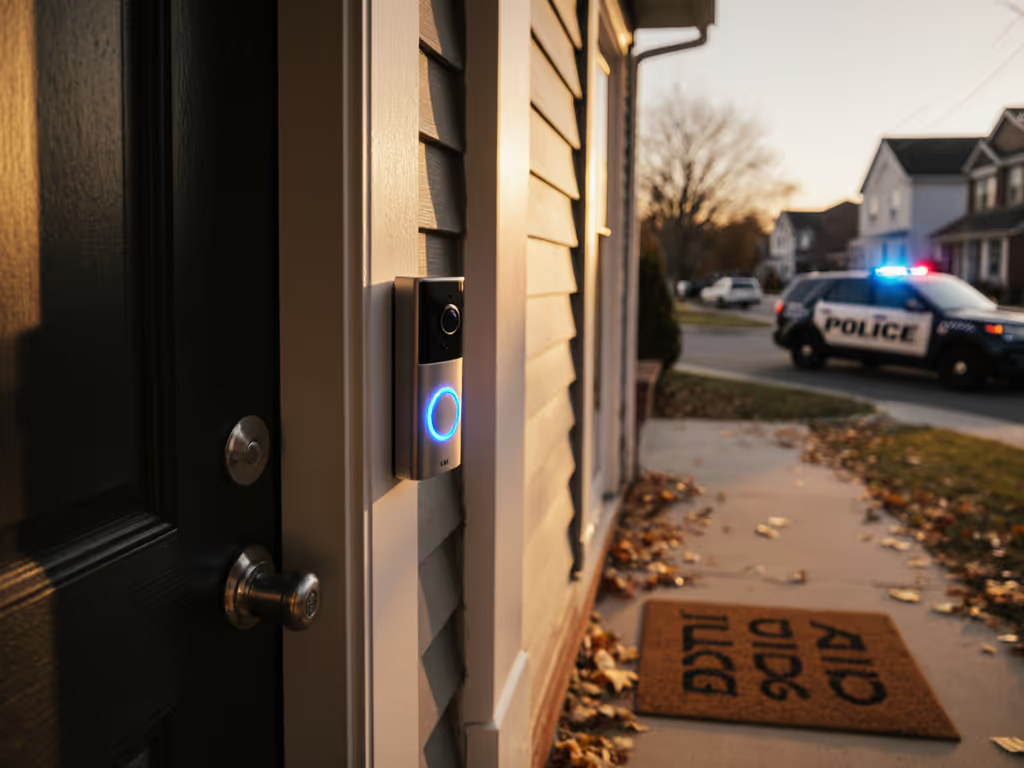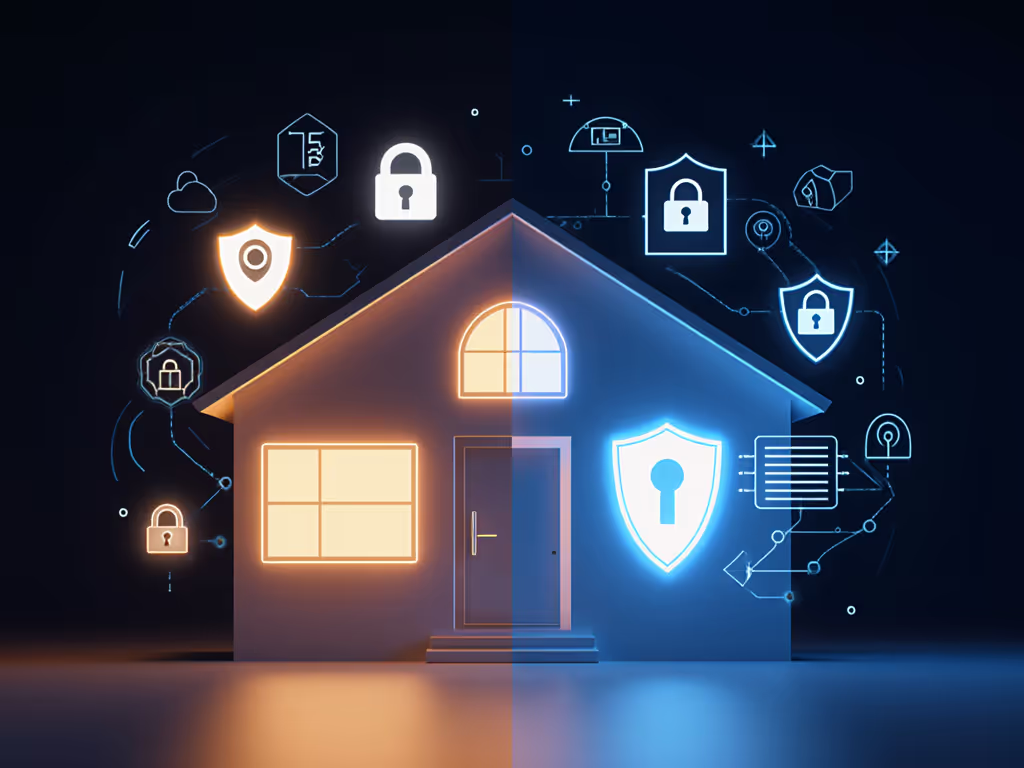
Ring Doorbell Police Access: What Homeowners Must Know

Recent developments in ring doorbell camera police access policies have significant implications for homeowner privacy and security workflows. As an ops-minded security specialist who evaluates systems for real-world business environments, I've observed how surveillance policies impact daily operations, not just theoretical privacy concerns. The quiet reinstatement of police access features through Ring's partnership with Axon demands careful consideration beyond marketing claims. Operational uptime matters more than showroom specs for shops, and the same principle applies to residential security systems where false alerts already overwhelm users. Document the handoff path for every piece of evidence your system collects.
1. Understanding the Policy Reversal
In 2024, Ring discontinued its controversial "Request for Assistance" (RFA) feature following widespread criticism over warrantless police access to user footage. This year, under founder Jamie Siminoff's renewed leadership, Ring has reversed course through a partnership with Axon, manufacturer of police body cameras and evidence management systems. The new "Community Requests" program closely mirrors the discontinued RFA system but adds a veneer of security through Axon's platform.
This reinstatement represents more than just a policy change, it signals a fundamental shift in Ring's privacy posture. While Ring claims footage sharing requires explicit user consent, civil rights organizations warn that opt-in consent models often exploit user fatigue and unclear interfaces. For context, Ring previously settled with the FTC for $5.8 million over allegations of employee misuse of customer footage.
2. How Community Requests Actually Works
When law enforcement submits a request:
- Police departments post time-limited requests (up to 12 hours) through the Neighbors app
- Location mapping targets specific areas rather than blanket neighborhood sweeps
- Users receive notifications with incident details and officer contact information
- Homeowners select specific footage segments to share (not entire archives)
- Submitters provide identifying information (name, email, phone number)
Unlike the previous RFA system, which was vulnerable to data breaches, the new system claims to route requests through Axon's secure evidence management platform. However, Ring warehouse employees have reportedly expressed concerns that customers may not fully understand what they're consenting to when sharing footage with police, a critical consideration for time-pressed homeowners already managing false alerts and notification fatigue.
3. The Privacy-Risk Tradeoff Analysis

This policy change creates a measurable tension between community safety networks and individual privacy rights. A metric-backed assessment reveals concerning patterns:
- Previous RFA programs were available to 2,500+ police agencies (per 2023 Consumer Reports data)
- Civil liberties groups document cases where Ring footage was used to identify abortion seekers and immigration enforcement targets
- The EFF reports Ring footage has been used to monitor protestors without warrants
While proponents argue such access aids emergency response security, the operational reality differs significantly from theoretical benefits. If you operate outside the U.S., review our multi-country video doorbell privacy laws guide for regional requirements. In my work with small businesses, I've seen how notification overload leads to alert fatigue; when every bus triggers ten false alarms, genuine security events get lost. Similarly, when users face constant privacy decisions, they often default to the easiest option rather than the most secure one.
4. Real-World Impact on Homeowner Workflows
The bakery case I mentioned earlier illustrates this tension perfectly. When their delivery tracking broke down due to motion floods, we focused on reducing false alerts. Similarly, constant privacy decisions about police requests create cognitive load that defeats security's purpose. Security gear should lighten staff workload, not add a new job.
This policy shift directly impacts homeowner experience through:
- Notification clutter: Additional consent requests join package alerts and motion triggers
- Decision fatigue: Users must constantly evaluate police requests alongside daily security events
- False sense of control: The opt-in model obscures how sharing decisions affect broader surveillance networks
- Erosion of trust: When users discover their footage was shared through indirect channels (e.g., neighbors' cameras)
Operational uptime matters more than showroom specs for shops.
5. Your Current Control Options
Despite Ring's policy changes, homeowners retain several tactical controls: For step-by-step guidance, see our doorbell privacy settings guide.
- Disable Community Requests: Navigate to Neighbors app > Gear icon > Neighborhood Settings > Feed Settings > Uncheck Community Requests
- Review sharing history: Check your account activity to see what footage has been shared
- Create privacy zones: Use in-app tools to mask sensitive areas (though this doesn't prevent sharing requests)
- Adjust notification settings: Prioritize critical alerts while silencing less urgent notifications
For business owners especially, these controls become operational necessities. When managing multi-user access for employees or contractors, maintaining clear audit trails becomes part of crime prevention integration planning. Document the handoff path for any evidence collected through your system.
6. Strategic Considerations for Privacy-Conscious Buyers
Before investing in any security ecosystem, risk-prioritized buyers should evaluate:
- Data retention policies: How long is footage stored? Where is it physically located?
- Sharing architecture: Does the system require cloud processing for basic features? Learn how edge computing doorbells process video locally to reduce cloud dependence and speed up alerts.
- Transparency commitments: Are privacy practices documented in accessible language?
- Local storage options: Can you maintain evidence without third-party dependencies? Compare cloud vs local storage trade-offs to decide which aligns with your privacy goals.
Vendors increasingly market "AI-first" security as essential, but operations-focused users know that simpler systems with clear privacy boundaries often deliver more reliable law enforcement access management when actually needed. For business applications, explore solutions with on-prem retention options that put you in control of evidence sharing decisions rather than algorithmic defaults.
7. Actionable Next Steps for Homeowners
Document the handoff path for every piece of evidence your system collects.
Take these immediate steps to maintain control:
- Audit your current settings: Open the Neighbors app and disable Community Requests if undesired
- Document your evidence workflow: Create a simple protocol for how footage gets handled
- Evaluate privacy zones: Configure areas that should never be recorded or shared
- Consider alternative architectures: Explore PoE systems with local storage that minimize cloud dependency
- Review sharing history quarterly: Check what data has been transmitted to third parties
For business owners managing storefront deployments, these steps become operational requirements rather than optional privacy preferences. When packages go missing or delivery disputes arise, having a documented evidence chain protects both customers and staff. Remember: security systems should reduce operational risk, not create new compliance burdens.
The reintegration of police access features into Ring's ecosystem represents a fundamental shift in the privacy calculus for homeowners. By approaching these changes through an ops-minded lens rather than solely a privacy or security perspective, you can maintain effective protection without sacrificing control. In environments where false alerts already overwhelm users, adding another layer of consent decisions creates unnecessary cognitive load, precisely why vendor-agnostic evaluation of evidence workflows matters more than ever.



